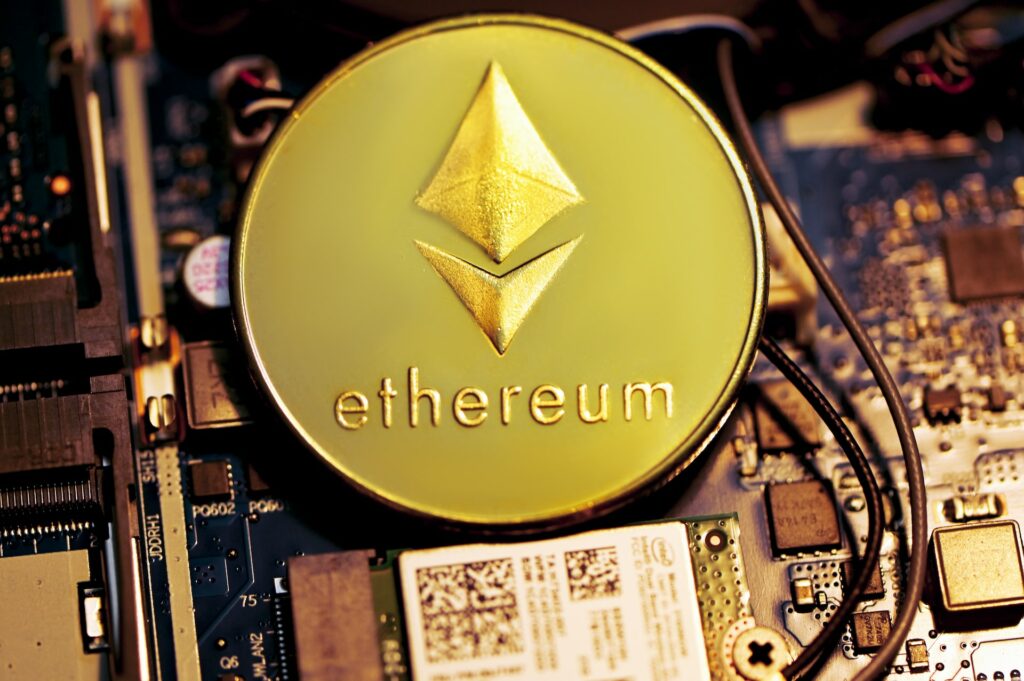The Merge, a big change to Ethereum, has finally happened. After years of development and delays, the core digital machinery of the second-largest cryptocurrency has been moved to a much more energy-efficient system.
So far, everything points to the fact that the so-called merge, which is meant to cut the cryptocurrency’s energy use by more than 99%, worked.
When the Merge went live at 2:43 a.m. EST, almost 41,000 people were watching a “Ethereum Mainnet Merge Viewing Party” on YouTube. They waited with great excitement as vital measurements showed that Ethereum’s fundamental systems had not failed. After around 15 minutes, the Merge was formally completed, indicating that it could be considered a success.
The first proof-of-stake block of transactions has ended, and almost all of the clients who took part did so. This was by far the best that could have happened.
The major changes
The major change to the Ethereum network alters how the blockchain secures the network and verifies transactions in a fundamental way. Most of these changes are happening behind the scenes, and a successful upgrade is one where the end user doesn’t notice anything different in the coming hours and days.
Over 100 developers on nine teams worked on the merge for years. In the next few hours, this decentralized network of programmers from all over the world will keep an eye on the rollout and fix any problems as quickly as possible.
The upgrade will also reduce the number of ether tokens in circulation by a lot. This could make ether a deflationary currency in the coming weeks and months. Some investors think that this could also help the token’s price go up.
During the first few minutes following the merger, the price of Ether rose less than 1% to $1,605, holding practically unchanged throughout the Asia trading day.
The price of ether increased by 4% in the two weeks leading up to the Merge, but it is still down 15.5% month on month, according to market statistics.
In the meanwhile, the price of Ethereum Classic has fallen 2% to $36.34.
The next few days are critical
The new verification model, which replaces miners with “validators,” is what caused the supply to go down. The rewards for validators are much smaller than those for proof-of-work miners. This means that as a result of this upgrade, less ether will be created. Validators must also keep their tokens locked up for a long time, which takes ether out of circulation.
The next few hours and days will tell us a lot about how well the Ethereum network is doing after the update. Behind the scenes, developers will look at things like the number of validators who are taking part to see how things are going. But coders say that in a perfect world, users wouldn’t even notice the change.
The change doesn’t make Ethereum faster, cheaper, or more scalable right away. But you can get these features with future upgrades, which are now possible after the merge.



